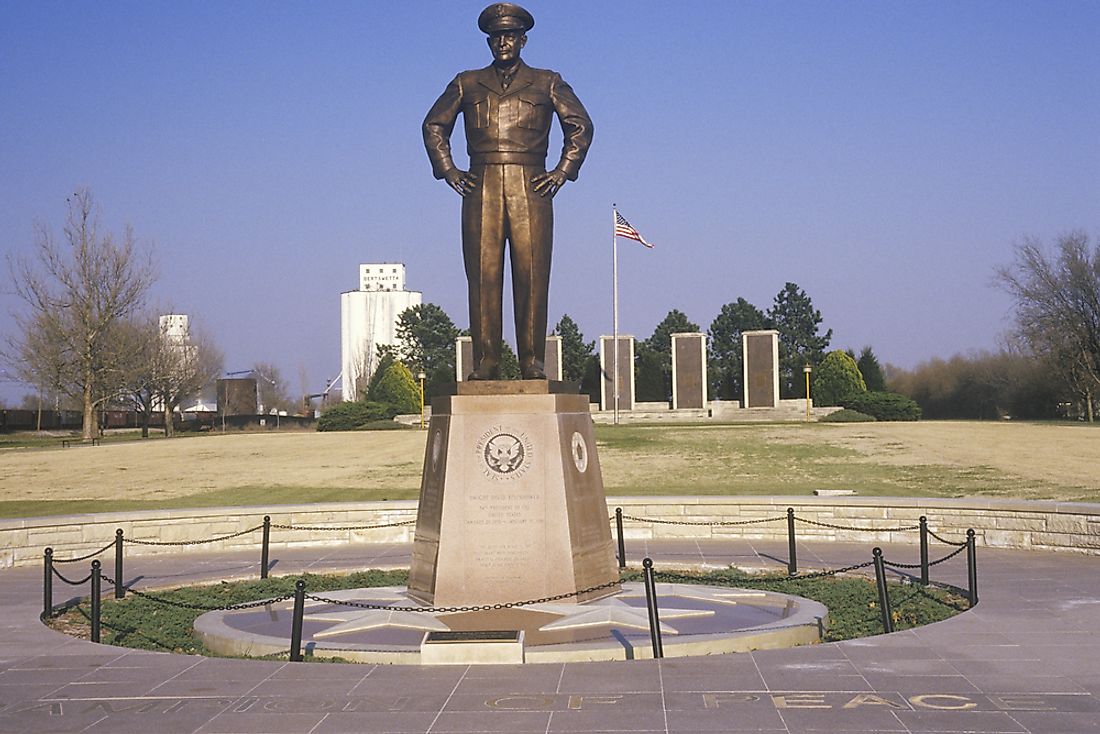Who Was President During the Vietnam War?

The Vietnam War is also referred to as the second Indochina War, and in Vietnam, it is known as the Vietnamese resistance against Americans or just the American War. The war was fought in Laos, Vietnam, and Cambodia from November 1st, 1955 until the fall of Saigon on April 30th, 1975. The war was officially fought between South Vietnam and North Vietnam, and several other countries were also involved. The countries that supported North Vietnam were China, the Soviet Union, and other communist countries while South Vietnam was supported by the US, the Philippines, Australia, South Korea, Thailand, and other countries who were anti-communism and that is why the war is also referred to as the proxy war of the Cold War era. The presidents of the United States during the Vietnam War were Dwight Eisenhower, John F. Kennedy, Lyndon B. Johnson, Richard Nixon, and Gerald Ford.
The war claimed the lives of more than 3 million people which included more than 58,000 American soldiers, and more than half of the casualties were Vietnamese civilians. Eventually, the war ended, and the Communist forces captured South Vietnam in 1975, and the country was unified and was renamed the Socialist Republic of Vietnam in 1976.
North Vietnam
Ho Chi Minh played a central role in the Vietnamese war. Initially, he fought for the Independence Vietnam from the French, and he became the prime minister and finally the president of the Democratic Republic of Vietnam (North Vietnam). In 1965, he stepped down and eventually died in 1969. In 1975 Saigon, the capital city of South Vietnam was named after him and became known as the Ho Chi Minh City in Honor of his contribution to Vietnam.
South Vietnam
Ngô Đình Diệm declared the formation of the Republic of Vietnam on October 26, 1955, and he became the first president. The earlier Geneva Accord which had been signed in 1954 had prescribed for elections to reunify the country by 1956. However, Diệm did not hold elections citing that it was not possible to have free elections in the North. Over time his leadership style became increasingly more dictatorial. In 1963 the military staged a coup and overthrew Diệm, and on November 2nd, 1963, Diệm was captured and executed. He was later buried in an unmarked grave. Nguyễn Văn Thiệu who was the army general briefly took over the leadership of South Vietnam in 1963. Thiệu resigned and fled South Vietnam to Taiwan and his vice president Trần Văn Hương took over the leadership of the country on April 21st, 1975. After only one week on April 28th, 1975 Trần Văn Hương resigned and handed over the leadership to general military officer Dương Văn Minh, who saw the surrender of the government two days later on April 30th, 1975 to the communist from North Vietnam.
Reunited Vietnam
When Communist North Vietnam captured Saigon, the capital of South Vietnam, South Vietnam surrendered, and the war ended. South and North Vietnam were reunited under the Communist North Vietnam government. Immediately after the city of Saigon was renamed Ho Chi Minh City. All South Vietnamese government officials and soldiers were rounded up and placed in camps, and the people in the city of Saigon were encouraged to leave the city to engage in farming in rural areas. The Communist government started collectivization programs to transform Vietnam into a communist country. The policies implemented had disastrous consequences on the economy; however, in the 1980s the country transformed into a market-based capitalist economy.











